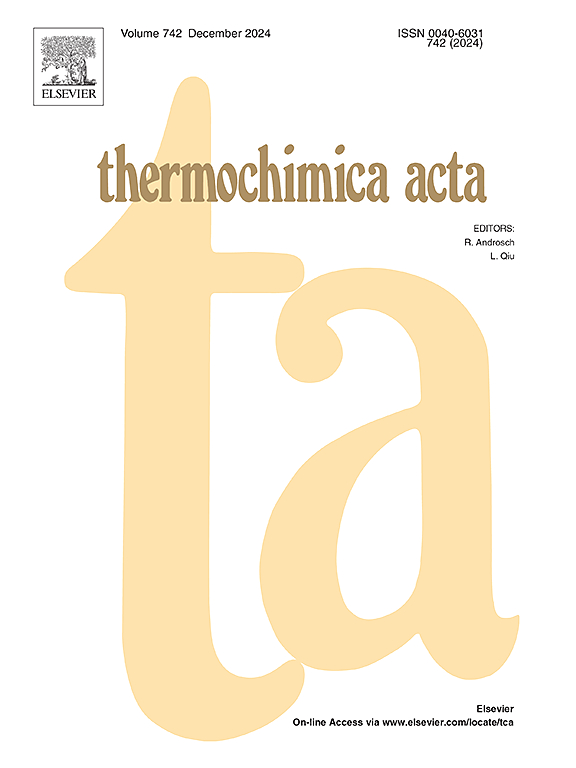香蕉片对流干燥的有限元建模,采用任意拉格朗日-欧拉(ALE)方法研究各向同性收缩动力学
IF 3.1
2区 化学
Q2 CHEMISTRY, ANALYTICAL
引用次数: 0
摘要
本研究建立了描述绿香蕉薄片在50、60、70和80℃干燥温度下薄层干燥动力学的数学模型。采用三维有限元法模拟了香蕉片在对流干燥过程中的热湿同步传递过程。从颜色和抗氧化性能两方面进一步优化了脱水温度。12个薄层干燥模型拟合实验数据,其中hashihuan和Daud模型在50℃和60℃最适合(R2分别为0.998和0.999),Bolbay和Sahin模型在70℃和80℃最适合(R2分别为0.997和0.999)。利用COMSOL Multiphysics, FEM分析通过任意拉格朗日-欧拉(ALE)方法捕获了空间温度、湿度分布和各向同性收缩。预测的水分含量、表面温度和收缩特性与实验结果密切相关,验证了该模型预测对流干燥过程的能力。此外,敏感性分析表明,有效水分扩散系数(Deff)和传热系数(hT)对模型预测结果有显著影响。本文章由计算机程序翻译,如有差异,请以英文原文为准。
Finite element modeling of banana slices in convective drying, studies on isotropic shrinkage kinetics using Arbitrary Lagrangian-Eulerian (ALE) approach
The study develops a mathematical model for describing the thin-layer drying kinetics of green banana slices at drying temperatures of 50, 60, 70, and 80℃. The three-dimensional finite element method (FEM) was used to simulate simultaneous heat and moisture transfer (HMT) in a disc shaped banana slice during convective drying. The dehydration temperature was further optimized using color and antioxidant properties. Experimental drying data were fitted to twelve thin-layer drying models, with the Hasibuan and Daud model best fitting at 50℃ and 60℃ (R2 of 0.998 and 0.999) and Bolbay and Sahin model at 70, and 80℃ (R2 of 0.997 and 0.999). Using COMSOL Multiphysics, FEM analysis captured spatial temperature, moisture distribution, and isotropic shrinkage via Arbitrary Lagrangian-Eulerian (ALE) approaches. Predicted moisture content, surface temperature, and shrinkage characteristics aligned closely with experimental results, validating the model's ability to predict the convective drying process. Furthermore, sensitivity analysis revealed that effective moisture diffusivity (Deff) and heat transfer coefficient (hT) significantly influenced model predictions.
求助全文
通过发布文献求助,成功后即可免费获取论文全文。
去求助
来源期刊

Thermochimica Acta
化学-分析化学
CiteScore
6.50
自引率
8.60%
发文量
210
审稿时长
40 days
期刊介绍:
Thermochimica Acta publishes original research contributions covering all aspects of thermoanalytical and calorimetric methods and their application to experimental chemistry, physics, biology and engineering. The journal aims to span the whole range from fundamental research to practical application.
The journal focuses on the research that advances physical and analytical science of thermal phenomena. Therefore, the manuscripts are expected to provide important insights into the thermal phenomena studied or to propose significant improvements of analytical or computational techniques employed in thermal studies. Manuscripts that report the results of routine thermal measurements are not suitable for publication in Thermochimica Acta.
The journal particularly welcomes papers from newly emerging areas as well as from the traditional strength areas:
- New and improved instrumentation and methods
- Thermal properties and behavior of materials
- Kinetics of thermally stimulated processes
 求助内容:
求助内容: 应助结果提醒方式:
应助结果提醒方式:


